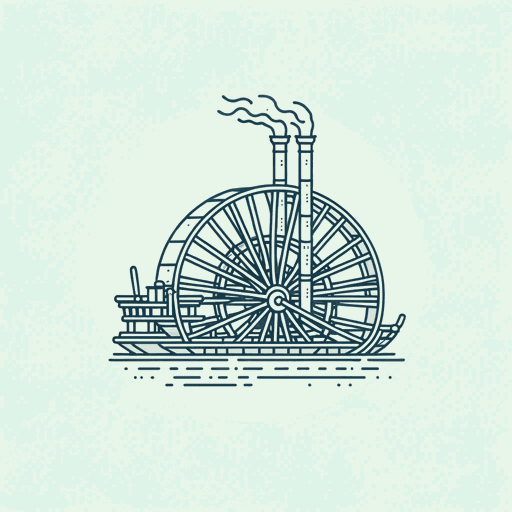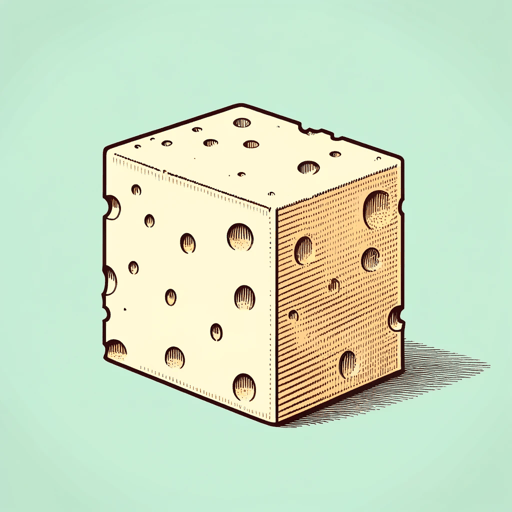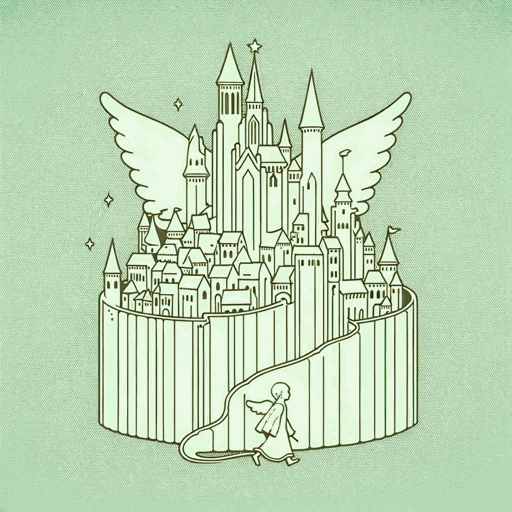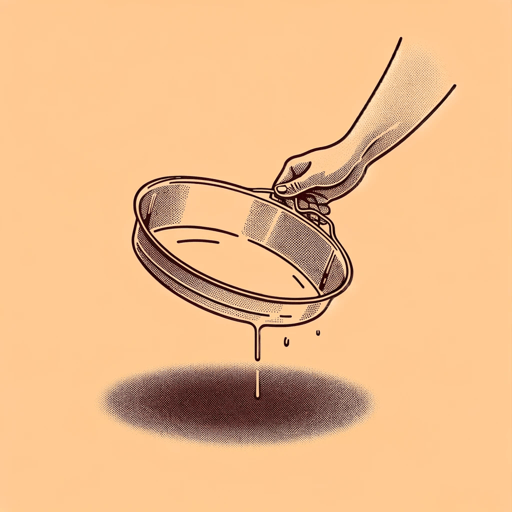27 pages • 54 minutes read
Mark TwainA True Story
Fiction | Short Story | Adult | Published in 1874A modern alternative to SparkNotes and CliffsNotes, SuperSummary offers high-quality Study Guides with detailed chapter summaries and analysis of major themes, characters, and more.
Symbols & Motifs
Physical Stance and Proximity
Content Warning: This section references racism and enslavement.
Aunt Rachel’s physical position relative to other characters is referred to multiple times, signifying her status as human and others’ recognition of that humanity. In the beginning, Aunt Rachel sits “respectfully” below Misto C and his family. As their servant, even after the end of slavery, she is still treated as inferior to white Americans. As the story progresses, she draws physically closer to Misto C in a process that mirrors the empathy her narrative presumably sparks in him. In his final interjection, Misto C describes her as towering above him, suggesting his newfound recognition of her strength and worth. Within her own narrative, Aunt Rachel similarly describes how her mother and she straighten themselves up before asserting their self-respect. Finally, Aunt Rachel uses her physical proximity to Misto C to help tell the tale of making biscuits and reuniting with her son. She pushes his feet and stares him in his eyes, demonstrating that she and Misto C are on the same level despite societal preconceptions. What’s more, her actions make him a participant in the story and even a proxy for her own son, all of which punctuate the request for empathy.
Related Titles
By Mark Twain

A Connecticut Yankee in King Arthur's Court
Mark Twain

Letters from the Earth
Mark Twain

Life on the Mississippi
Mark Twain

Roughing It
Mark Twain

The Adventures of Huckleberry Finn
Mark Twain

The Adventures of Tom Sawyer
Mark Twain

The Autobiography of Mark Twain
Mark Twain

The Celebrated Jumping Frog of Calaveras County
Mark Twain

The Gilded Age: A Tale of Today
Mark Twain, Charles Dudley Warner

The Innocents Abroad
Mark Twain

The Invalid's Story
Mark Twain

The Man That Corrupted Hadleyburg
Mark Twain

The Mysterious Stranger
Mark Twain

The Prince and the Pauper
Mark Twain

The Tragedy of Pudd'nhead Wilson
Mark Twain

The War Prayer
Mark Twain

